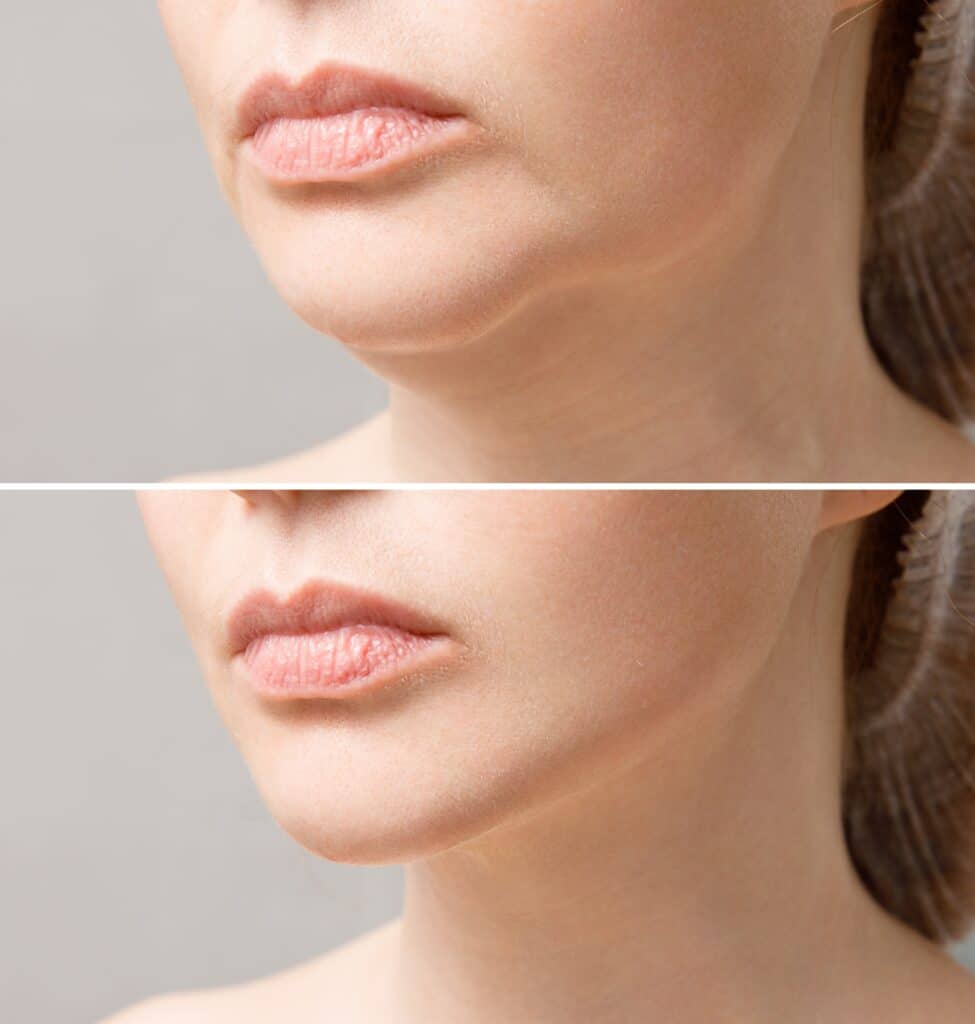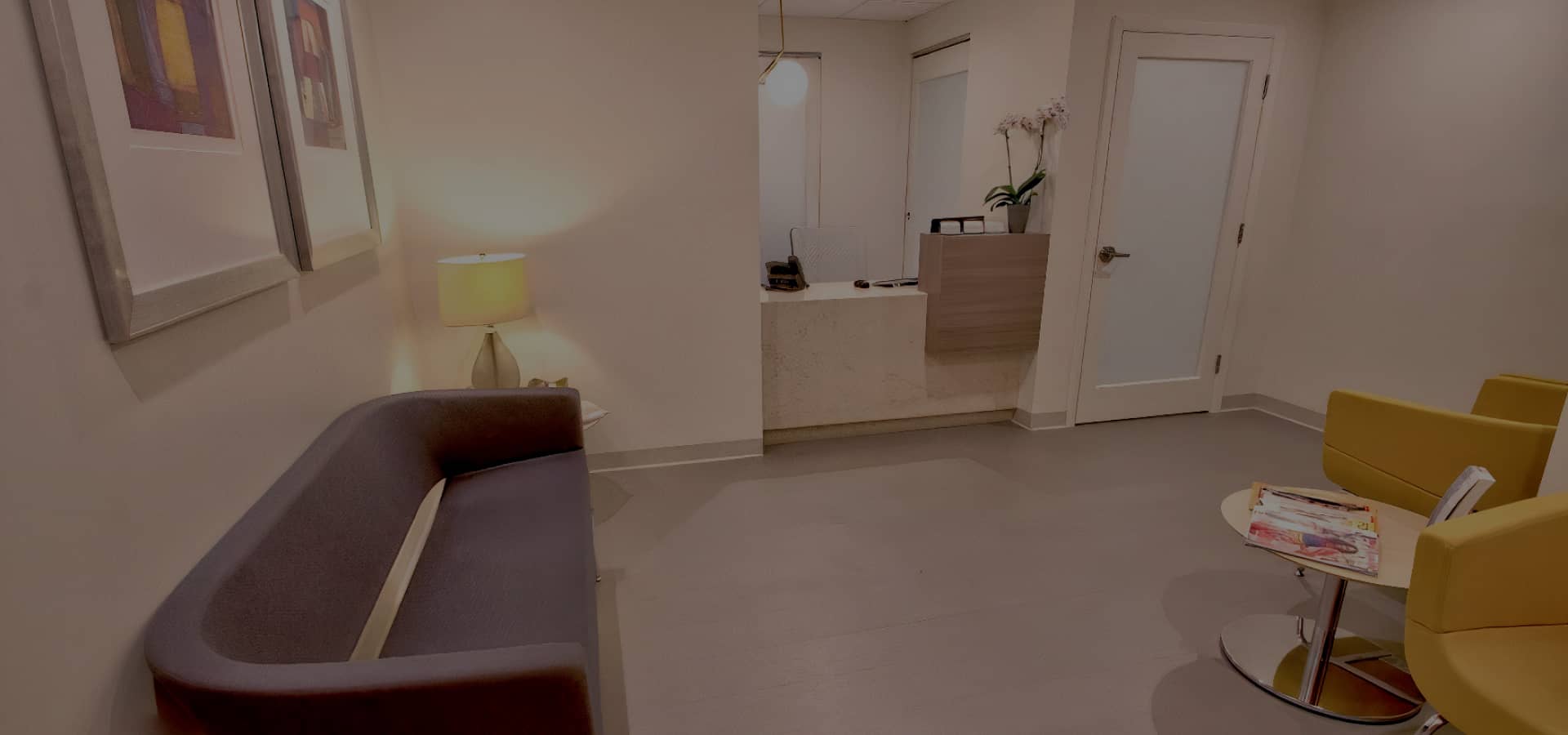A full facelift and a mini facelift can give you a much more youthful look by removing or reducing sagging skin and tightening the underlying layers of facial tissue and muscle. If you decide to have a facelift, then you’re probably expecting long-lasting results. After all, it’s a big investment and a major procedure!
The longevity of facelift results is determined by several factors, such as the specific surgery performed and post-operative skincare. To maximize results, follow these tips.
What is a Facelift?
A facelift is a surgical procedure that can help to reduce excess skin, improve facial structures, and give natural-looking results. This cosmetic surgery aims to correct signs of aging by tightening the underlying layers of tissue and muscle around the face. Facelift surgeries come in different varieties, such as mini facelifts or full facelifts. To determine which procedure is right for you, it’s best to consult with an experienced plastic surgeon for an initial consultation. During this consultation, your surgeon will assess your facial structure and skin type to determine what kind of results are achievable with the different facelift surgeries available.
It’s important to note that a healthy lifestyle and good skincare habits will help you maintain your results over time. To maximize your investment in facelift surgery, always seek out advice from an experienced plastic surgeon who specializes in these procedures and follows their post-operative instructions carefully.
Benefits of a Facelift
A facelift is a highly effective procedure that can help to reduce facial wrinkles, create natural creases, and remove fat deposits in the midface area. This surgical procedure is popular among aesthetic patients looking for a way to look younger and more refreshed. Performed by a board-certified plastic surgeon, it can provide excellent results with long-lasting effects.
The most common benefits of facelift surgery are improved facial contours, reduction in wrinkles and lines around the eyes and mouth, improved skin texture and tone, and an overall younger-looking appearance. Facelifts can also be used to refine the jawline, lift the cheeks, and restore lost volume in the face. The results of a facelift are designed to look natural and youthful while still preserving your unique features.
By removing excess skin from targeted areas of the face, patients can enjoy increased satisfaction with their appearance. Additionally, this procedure can also help improve self-confidence as well as boost one’s sense of well-being. A facelift can help you feel better about your appearance at any age!
Types of Facelift Procedures

There are several types of facelift procedures available to address the signs of aging on the face. To determine which option is best for you, it’s essential to consult with a board-certified plastic surgeon who specializes in facial surgery.
The most common types of facelift procedures include:
1) Traditional Facelift: This cosmetic procedure is designed to reduce sagging skin, deep wrinkles, and jowls by tightening the underlying layers of facial tissue and muscle. After traditional facelift surgery, patients can expect long-lasting results that provide a more youthful and refreshed appearance.
2) Mini Facelift: The mini facelift is a less invasive cosmetic procedure that focuses on addressing specific areas of the face with minimal incisions. This type of facelift can be used to treat mid-facial aging, such as sagging cheeks, jowls, or loose neck skin. Patients typically experience natural results that last anywhere from five to seven years after treatment.
3) Laser Resurfacing: This advanced technique utilizes specialized lasers to remove damaged layers of skin and stimulate the growth of collagen for improved skin tone and texture around the eyes, mouth, cheeks, or forehead area. Laser resurfacing can also be used to reduce lines around the lips or minimize deep wrinkles across other areas of the face.
4) Injectable Fillers: Injectable fillers are non-invasive cosmetic treatments designed to add volume back into areas where there has been a loss due to aging or environmental factors. Commonly injected fillers include hyaluronic acid gel or fat injections which help restore facial contours and enhance overall facial appearance without relying on extensive surgical interventions.
5) Fat Transfer: A fat transfer procedure involves extracting fat from one area of the body (generally using liposuction) and then transferring it into targeted areas of the face to improve contours and create a more youthful look overall. Results generally last up to five years following this type of cosmetic procedure however age will continue to impact your appearance over time so maintenance treatments may be required to maintain results in between sessions for optimal outcomes
Weeks After Surgery: Healing Process
The weeks following a facelift procedure are an important part of the healing process. It is during this time that your body will begin to heal itself and your facial features will start to look better as swelling subsides and results become more apparent. During this time patients need to take precautions to minimize any possible risks or complications.
During the first few weeks after plastic surgeries, it is advised that one limits their normal activities as much as possible. This includes avoiding strenuous physical activity, sun exposure, smoking, and alcohol consumption as these can all contribute to delayed healing or infection risk. Additionally, post-operative swelling can last a few days up to several weeks so it is important not to rush into any activities too soon as this can lead to further discomfort or delay recovery time.
It is also important during the weeks following surgery to keep up with follow-up appointments with your surgeon. These appointments provide an opportunity for your surgeon to assess your progress and make any necessary adjustments if needed. During these visits, you should be sure to voice any concerns you may have regarding the recovery process or ask questions about minimizing risks associated with sun damage to ensure successful results long-term.
What is the duration of the facelift results?
The longevity of facelift results is a common question among those who view before-and-after photos. A full facelift typically offers results that can last ten years or more, despite ongoing aging of the face. Patients can expect a more youthful appearance than if they had not undergone the procedure.
A mini facelift is a less invasive surgery and typically produces more subtle results. It’s often recommended for people who are younger and who have only a moderate amount of sagging in the mid-face area. After a mini facelift, your results might last for five years or so.
Whether you have a full or mini facelift, here’s what you can do to preserve and extend your results and keep yourself looking like your “after” facelift photos for as long as possible.

Follow Your Surgeon’s Instructions
Dr. Bared gives patients a comprehensive list of instructions after a facelift to encourage proper healing. These instructions are meant to reduce the risk of infection and complications after surgery. Following any instructions that your surgeon gives you can also help to improve your results.
For example, you’ll want to keep your head elevated after a facelift as much as possible. Elevating the head helps to reduce swelling in the treatment area. To reduce the risk of bleeding or other complications, only take the medications recommended by your surgeon.
It’s also important to follow your surgeon’s advice for when you can return to work or exercise. Trying to do too much too soon in the healing process can negatively affect your results.
Developing a Plan
If you have had any previous surgeries such as a brow lift, eyelid surgery, or neck lift, these should be discussed with your cosmetic surgeon before proceeding with a facelift. Your surgeon will need to know what kind of results were achieved from those procedures to create the best plan for the current surgery.
Once you have undergone a facelift procedure, proper post-surgery care is essential to maintain the desired results. This includes taking any antibiotics prescribed by your doctor as well as avoiding strenuous activities and sleeping in an elevated position for several weeks following the procedure. Additionally, it’s important to follow up with regular appointments with your cosmetic surgeon to monitor progress and ensure that everything is healing properly.
Taking good care of your skin daily is essential if you want long-lasting facelift results. This includes using sun protection when outdoors, avoiding smoking and drinking alcohol excessively, eating a balanced diet rich in fruits and vegetables, and avoiding harsh skincare products or treatments that could irritate the skin or cause further damage.
Cosmetic Surgeons: It’s also important to find an experienced board-certified plastic surgeon who specializes in facial enhancements like facelifts to guarantee optimal outcomes from your procedure. Skilled plastic surgeons will not only be able to use their expertise in performing procedures safely but also offer valuable advice regarding pre-and postoperative care based on their years of experience treating patients similar to yourself.

Eat a Healthy Diet
You are what you eat, and eating a healthy diet in the years after your facelift is one way to extend your results. But what is a healthy diet, anyway? It includes lots of vegetables and fruit, healthy fats, and lean protein like chicken or fish.
Vegetables and fruits tend to be excellent sources of antioxidant vitamins, such as vitamins C and E, both of which are necessary for skin health. Healthy fats, such as those found in olive oil and avocadoes are good for the skin too, as they help to keep it plump and soft. Finally, protein is a must-have for everyone.
Don’t forget about the importance of hydration for your skin’s health. Drink water throughout the day to keep your skin and your entire body well-hydrated. Keep in mind that beverages like juice or milk can count towards your hydration goal for the day, but drinks like wine or beer won’t. If you want your facelift results to last as long as possible, your best bet is to go easy on the alcohol or eliminate it, as it dehydrates you and can wreak havoc on your skin.
Along with eating as healthfully as possible, it’s a good idea to watch your weight after a facelift, to help extend your results. Losing or gaining weight can cause the skin on your face to sag or stretch, then sag, making you look older.
Protect Your Skin
Eating with your skin’s health in mind is just one way to make your facelift results last. It’s also important to protect your skin from the sun and pollution. Exposure to the sun’s ultraviolet rays can accelerate the aging process, leading to dark spots, wrinkles, and loose skin.
To protect your skin and maintain results, it’s recommended to wear sunscreen with a minimum of 30 SPF daily, regardless of the weather or length of time spent outside. Don’t forget that UV rays can filter through windows, too!
Don’t Smoke
Like sun exposure, smoking cigarettes is up there as one of the leading causes of wrinkles and other signs of aging. If you’ve recently had a facelift or mini facelift, odds are good that you had to quit smoking before the surgery to reduce the risk of complications.
Don’t pick up the habit again during your recovery, as it can affect your results. In the first few weeks after your surgery, smoking can increase your risk of complications and even cause your incisions to heal poorly.
After you’ve healed from a facelift, starting to smoke again can speed up the aging process, shortening the duration of your results. You’ve invested too much in your facelift to have a few cigarettes mess things up for you. Use your surgery as motivation to quit for good.
Make Skincare a Priority
A great skincare routine is a must-have after a facelift. Keeping your skin moisturized and exfoliated will help to keep it looking youthful for longer.
Some people also find that non-surgical treatments, such as Botox or Juvederm, Voluma, help them to extend the life of their facelift results. Voluma injections help to restore lost volume in the mid-face area while Botox smooths wrinkles between the brows, at the corners of the eyes, and elsewhere on the face. Other non-surgical treatments that might extend your facelift results include laser skin treatments and dermal fillers.
During one of your follow-up visits after a facelift or mini facelift, feel free to discuss your non-surgical cosmetic options with Dr. Bared. He can help you choose the treatment that will work best for you and help to preserve your results.
Learn More About Your Facelift Options
If you’re interested in learning more about a full or mini facelift or if you’d like to see more before and after facelift photos to get an idea of what to expect, schedule a consultation with Dr. Bared at his practice in Miami today.

